Market Trends
Key Emerging Trends in the Calciphylaxis Market
Enhanced Treatment for Hyperparathyroidism
Hyperparathyroidism is a condition where the parathyroid hormone causes an imbalance in calcium and phosphorus levels, leading to the development of calciphylaxis. Recent findings highlighted in the Journal of Nephrology and Therapeutics indicate that calciphylaxis can occur even in patients with uncontrolled primary hyperparathyroidism and normal kidney function. However, there's hope for improved treatment through a procedure called parathyroidectomy, which has the potential to restore normal calcium and phosphorus balance. This advancement could significantly contribute to the growth of the calciphylaxis treatment market.
Innovations in Treatment Approaches
To address hyperparathyroidism and its associated complications, there are several innovative therapies available. These include bisphosphonates, hyperbaric oxygen, and sodium thiosulphate. Among these options, sodium thiosulphate stands out as particularly promising. Many pharmaceutical companies are now focusing on advancing the development of these novel therapies to enhance their effectiveness and broaden treatment options for patients.
The Role of Parathyroidectomy
Parathyroidectomy is emerging as a potential game-changer in the treatment of hyperparathyroidism. This surgical procedure involves the removal of one or more parathyroid glands to regulate the levels of parathyroid hormone. By doing so, it aims to restore the balance of calcium and phosphorus in the body, which is crucial for preventing complications like calciphylaxis. The normalization of these key elements through parathyroidectomy holds the promise of being a more effective and targeted approach to treating hyperparathyroidism.
Calciphylaxis Market Growth
The positive outcomes expected from improved hyperparathyroidism treatment, particularly through advancements like parathyroidectomy, are likely to contribute to the growth of the calciphylaxis market. As more effective treatments become available, the demand for solutions to manage and prevent calciphylaxis complications is expected to rise. This, in turn, creates opportunities for pharmaceutical companies to invest in research and development, leading to further innovations in the field.
Novel Therapies and Manufacturing Focus
In addition to surgical interventions like parathyroidectomy, there is ongoing research into novel therapies for hyperparathyroidism. Bisphosphonates, hyperbaric oxygen, and sodium thiosulphate are among the innovative approaches being explored. Among these, sodium thiosulphate has garnered attention for its potential efficacy in managing hyperparathyroidism. Recognizing the significance of these novel therapies, many manufacturing companies are intensifying their efforts to advance research and development in this area. By doing so, they aim to bring about improvements in the existing treatment landscape and offer better solutions to patients with hyperparathyroidism.
The Promise of Sodium Thiosulphate
Among the novel therapies, sodium thiosulphate holds particular promise in the treatment of hyperparathyroidism. Its potential efficacy makes it a frontrunner in the pursuit of improved treatment options. As pharmaceutical companies focus on the development of sodium thiosulphate and other novel therapies, there is optimism about creating more effective and accessible treatments for individuals with hyperparathyroidism.


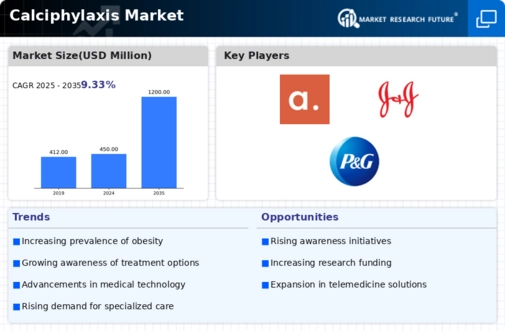
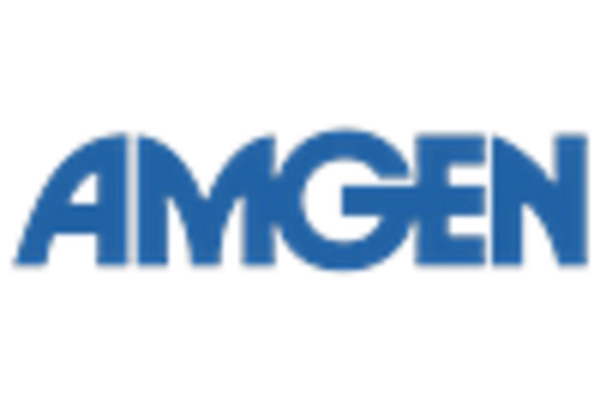

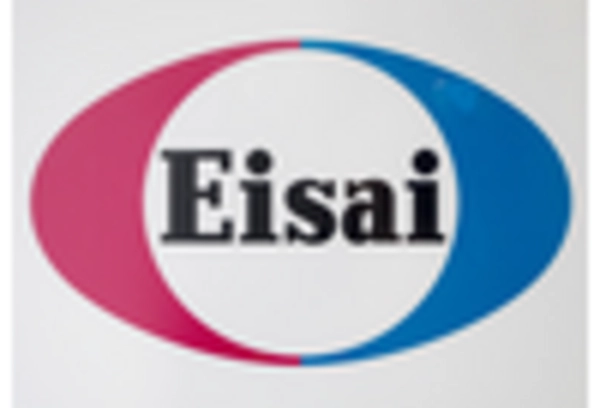

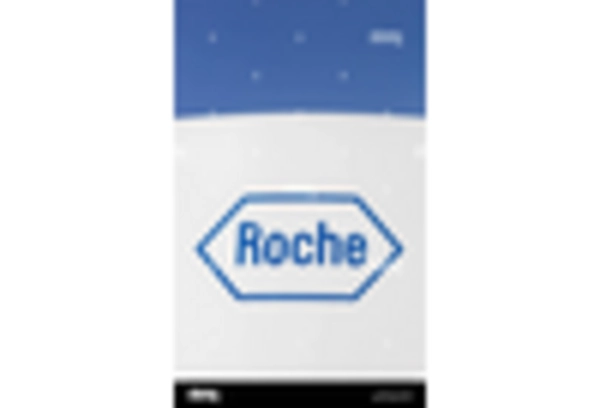
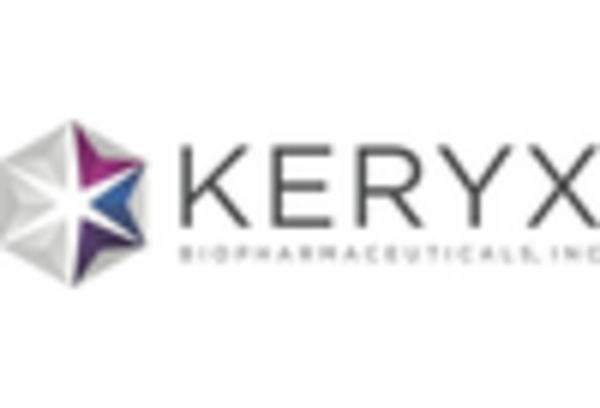









Leave a Comment